Discovering Guyana (Part 3): Experiencing One of the World’s Highest Waterfalls
by Karen Rollins Jan 2, 2023
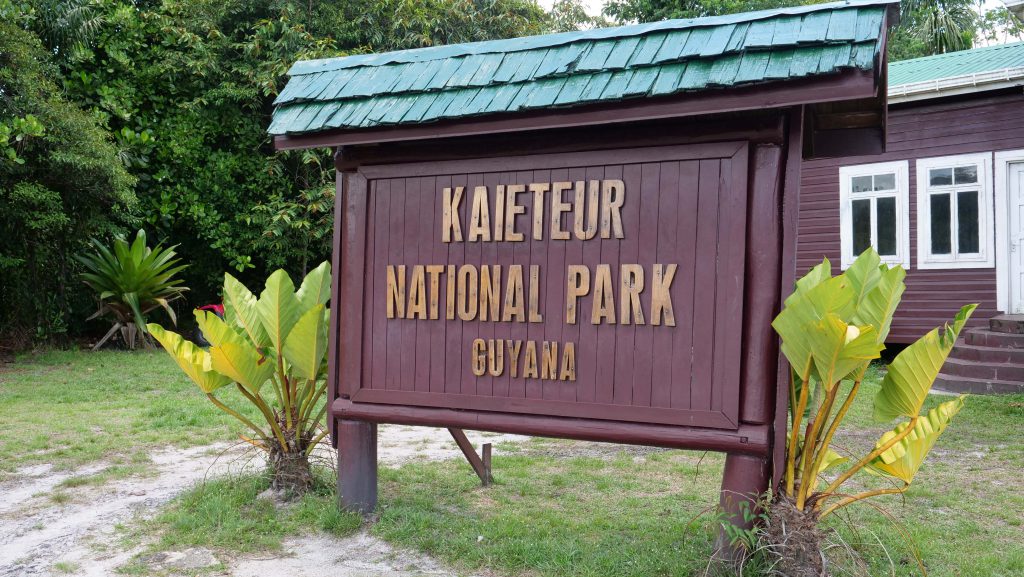
Anyone who is blessed to see a waterfall up close, cannot fail to be in complete awe at the majestic power and beauty of this natural phenomenon.
I have been lucky enough to see a few waterfalls over the years on my travels, including Victoria Falls in Zambia and Zimbabwe, and YS Falls in Jamaica, and the experience always leaves me feeling amazed, inspired, captivated, and humbled all at the same time.
Waterfalls are always close to the top of my bucket list for three reasons.
Firstly, pretty much every waterfall in the world is situated in the most stunningly, picturesque scenery you could ever imagine. Secondly, you almost always have to fly, climb, hike, or even swim to where they are located which adds to the adrenaline, thrill, and anticipation.
And lastly, the thunderous sound of thousands of gallons of cascading water, heard way before you even get close to the waterfall itself, never fails to give you goosebumps!
Experiencing a waterfall just never gets old for me and that’s why I was beyond excited on my third day in Guyana to be visiting Kaieteur Falls.
—
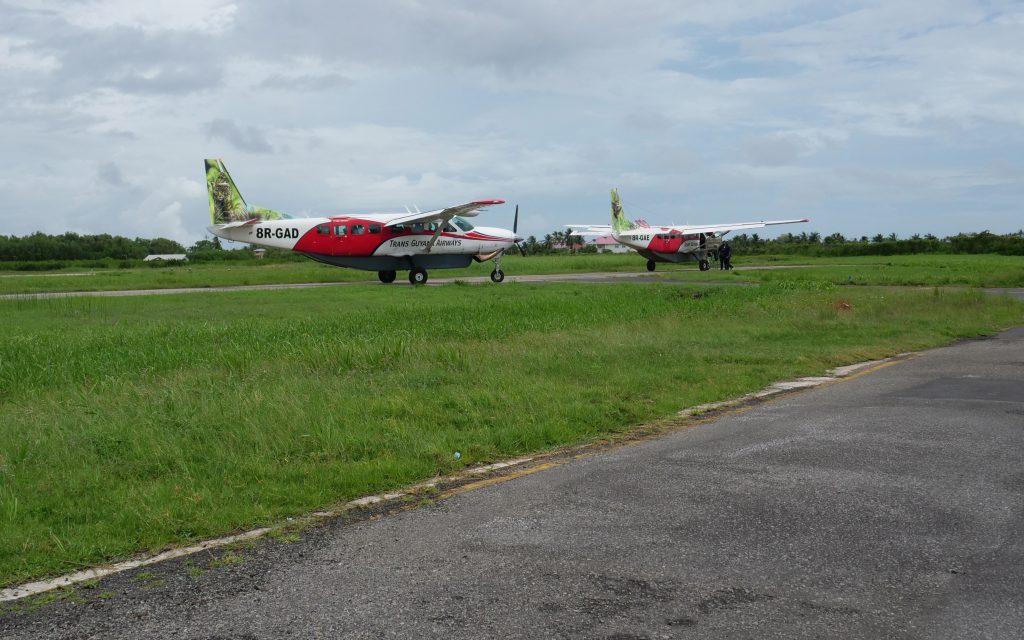
The day started early as we made our way to the Eugene F. Correia International Airport to catch our flight to Kaieteur National Park in the Potaro-Siparuni Region.
The quickest way to reach the Falls, which sits within thousands of acres of pristine rainforest, is to fly and that takes about 50 minutes from Georgetown. Overland trips can take around five days.
We went via a Trans Guyana Airways Cessna Grand Caravan which seats 12-14 passengers.
At the airport the first step was to get weighed. Obviously, every plane has a weight limit but because these aircraft are teeny tiny, every ounce must be meticulously calculated.
Once that was done, we just had to wait, so we took the opportunity to grab a coffee at the café on site and watch other aircraft come in and out, along with countless passengers arriving from the rest of the Caribbean and other parts of the world.
Click to read: Discovering Guyana (Part 1) – A River Tour in the ‘Land of Many Waters’
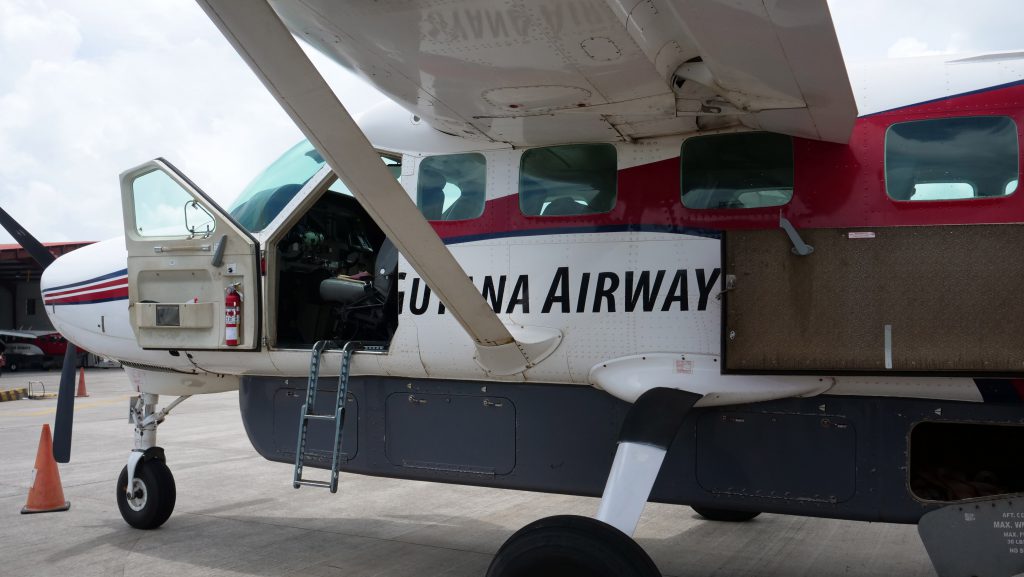
About an hour before our scheduled flight time, we went through security and immigration and sat in the departure lounge, before eventually walking out to board the plane.
Our pilot Michael introduced himself and after a quick safety briefing, along with a few jokes to help us relax, I knew we were in very safe hands.
As we trundled down the runway, I couldn’t help but recall the smallest plane I’d ever been on before this one, which was in New Zealand.
That plane didn’t have any seats and a concertino type, plastic shutter was pulled down to ‘close’ the door. There were about six of us who were tandem skydiving that day and I remembered not being too concerned about the flimsy nature of the plane because I had a man with a parachute strapped to my back.
This plane, albeit quite dinky, felt a lot safer and had a proper locking door, but my distant memories of that skydiving flight still came flooding back as we got ready to take-off.
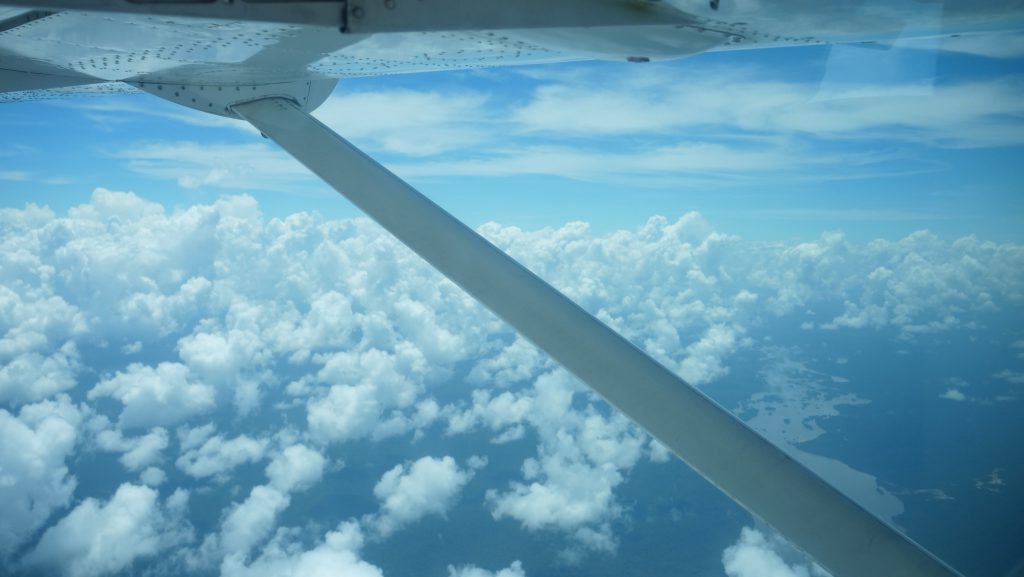
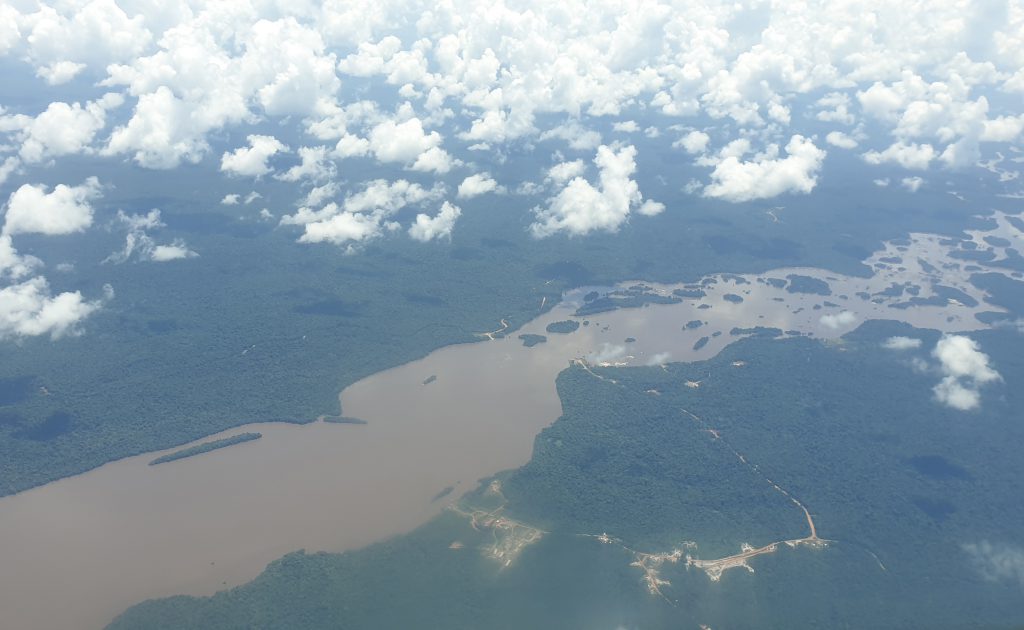
Anyway, it all went extremely smoothly as expected, and soon we were floating way above the roads, rivers, bridges, houses, people, and rice fields.
We truly had a bird’s eye view of everything, and it was unbelievably amazing!
Our guide Jamal mentioned a few landmarks as we cruised at about 15,000 feet, but I wasn’t really paying attention as I marvelled at the clouds and the sublime scenery all around us.
Obviously, being in the air gives you a completely different perspective, but it was only from this vantage point that I could truly grasp how huge Guyana is, along with the naturally diverse beauty of its landscape.
Once we left the capital city behind, all we could see for miles were lots and lots of trees – Guyana’s interior. It dawned on me that below us there were probably pumas, jaguars, anacondas, and capybaras etc roaming around, and I imagined that some parts of the forest had probably never even been seen by anyone. I hope it stays that way.
Click to read: Discovering Guyana (Part 2) – Getting to Know Georgetown on a City Tour
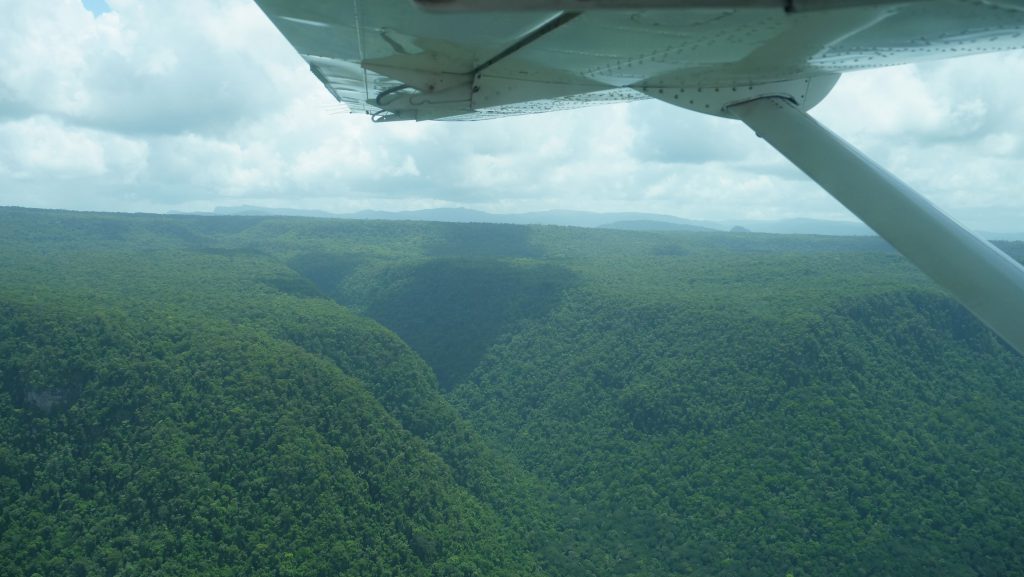
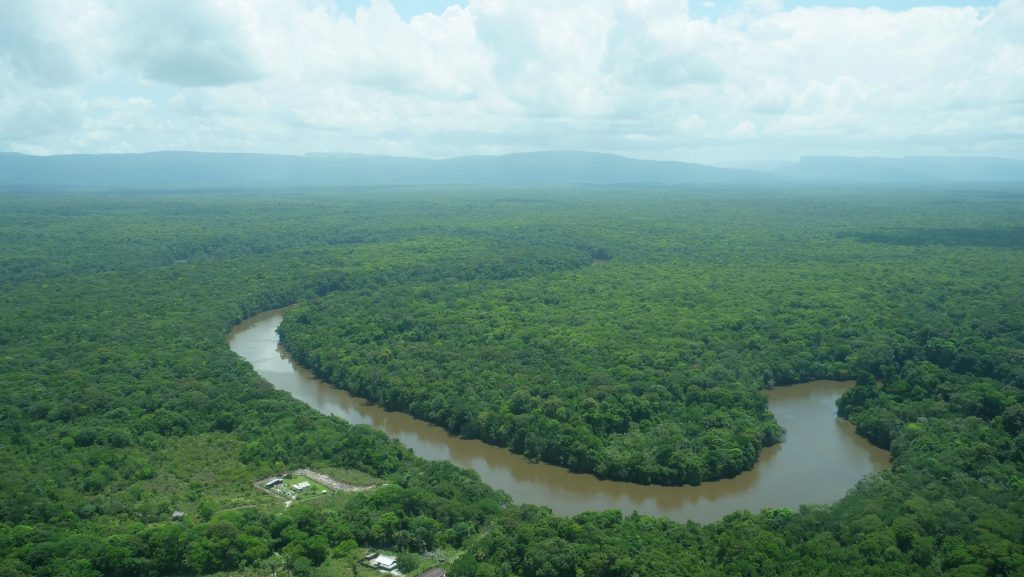
Time seemed to slow down as the Amazonian rainforest continued to stretch out in front of us like an artistic masterpiece, with the view only occasionally spoilt by the odd scar where various forms of mining had, or was taking place, and a few houses dotted here and there.
I felt truly privileged to be seeing a part of the planet that not many people have visited.
As we got nearer to Kaieteur, Michael told us to get our cameras ready to snap the Falls as he flew by. I was on the left side of the plane, and we would be the first to get a proper look at the 741-foot drop waterfall.
As we approached, I tried to get my camera and smartphone set to take the perfect shots, but when I looked out of the window, I temporarily forgot all about my equipment.
Waterfalls seen from the ground are magical but seen from the sky there are really no words that could do it justice. The only one we all managed to say repeatedly was “wow”.
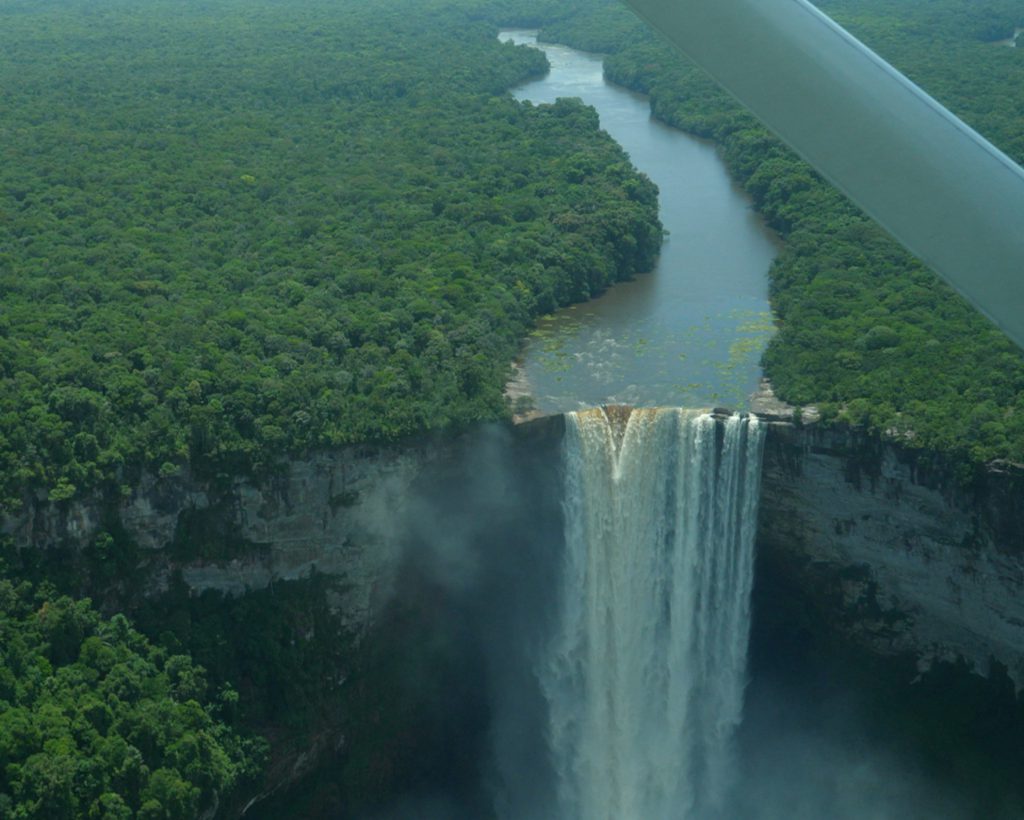
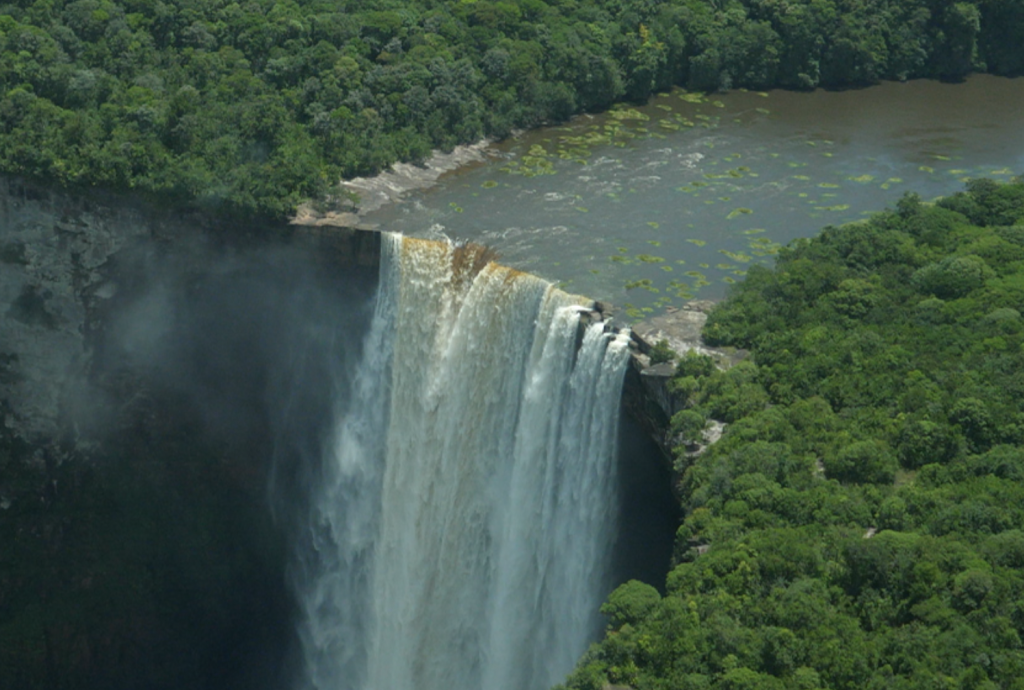
Michael did another fly past so the people sat on the right side could also get great aerial shots and then we headed to the park’s small airstrip. We landed safely and disembarked to freshen up at the information centre, before making the 15-minute hike to the first ground level lookout point – Boy Scout’s View.
On the way Jamal pointed out the various Jurassic-type plants that grow along the trail, like the Giant Tank Bromeliad, which traps water in its huge leaves and is the favoured home of Guyana’s golden frog.
He also told us the fabled story of how Kaieteur got its name from the Patamona Chief Kai, who paddled over the waterfall in a canoe as an act of self-sacrifice to the great spirit, Makonaima, to save his people from the Caribs. Kai’s sacrifice was not in vain and to this day he is remembered for it.
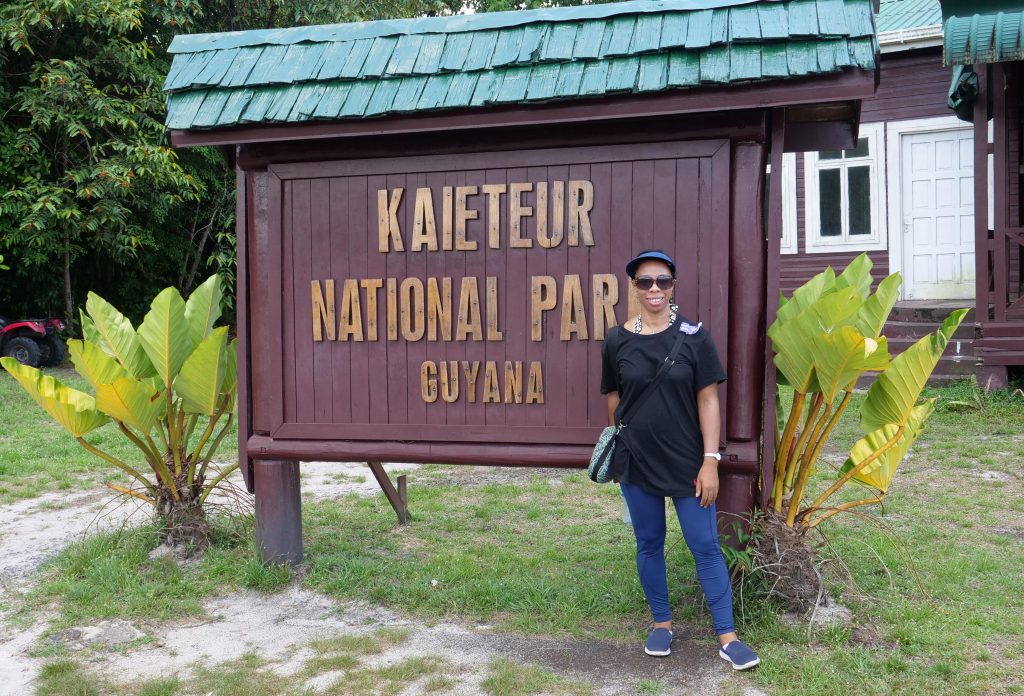
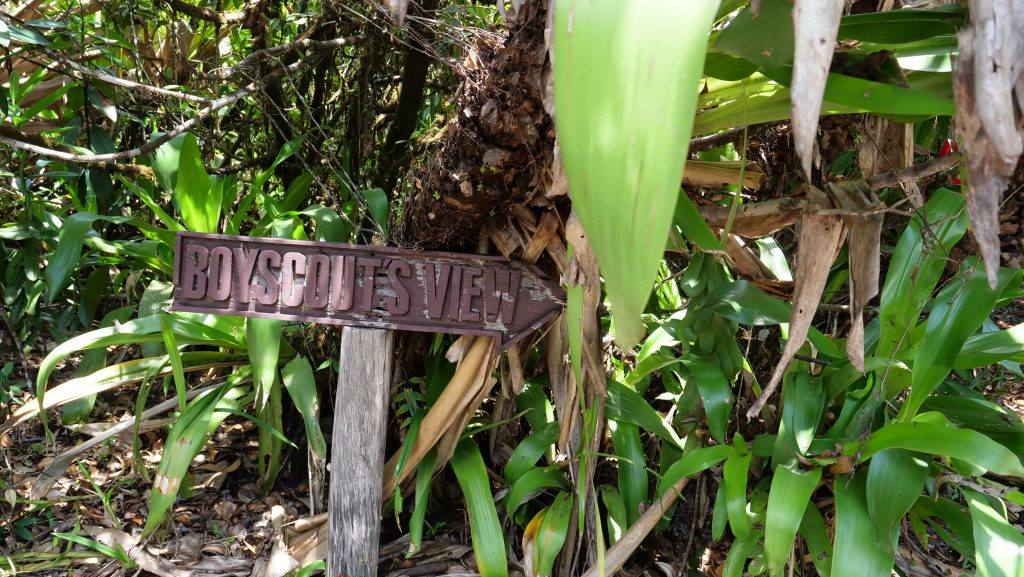
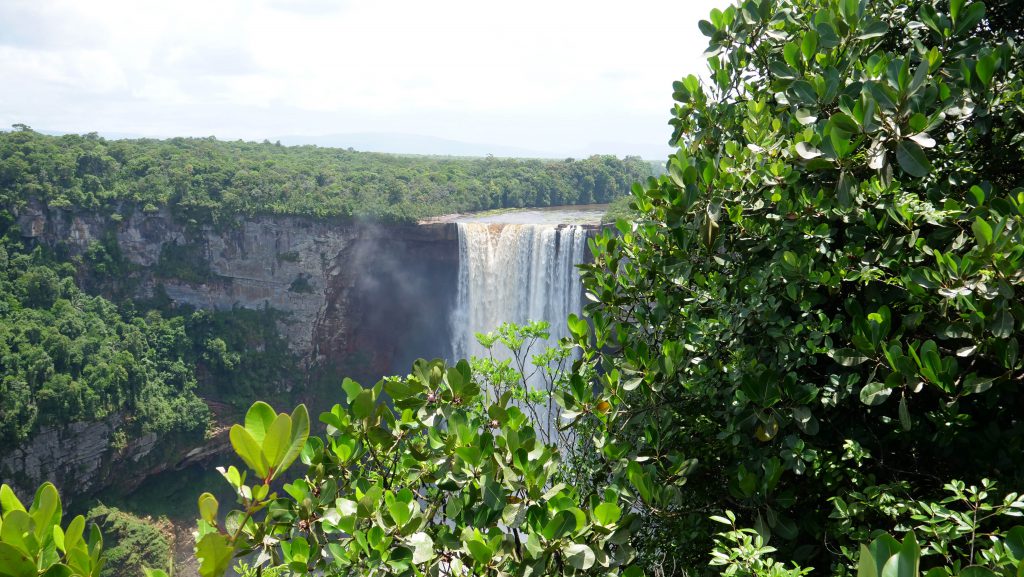
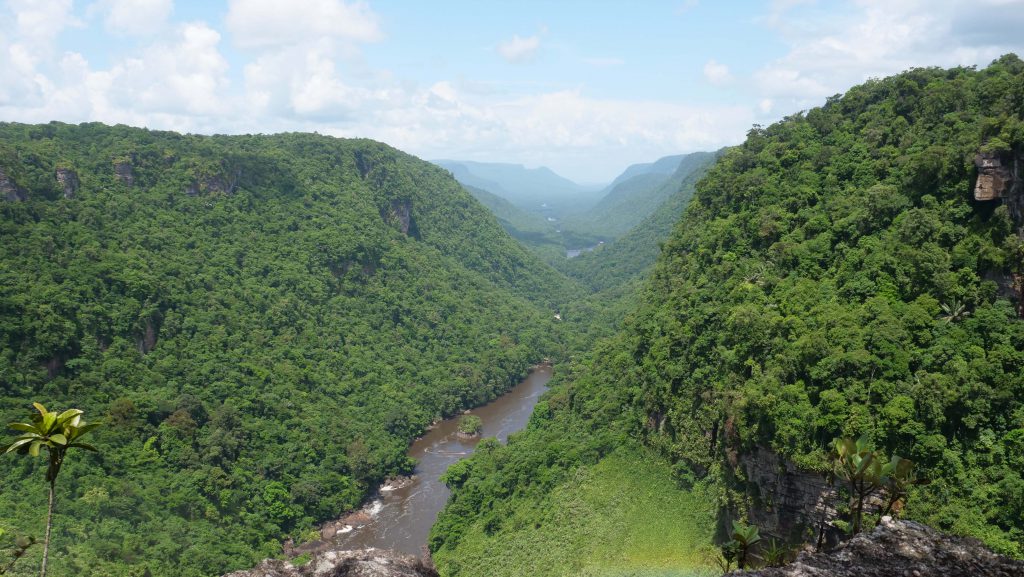
At Boy Scout’s View we got our first up-close look at Kaieteur, the world’s highest single drop waterfall, and it was beautiful. I stood mesmerised by the sheer volume of water pouring down the cliff from the Potaro River on its way to the Essequibo. The views of the rainforest valley below were also awesome.
Jamal drew our attention to a golden frog sitting inside a giant bromeliad before we set off to the next lookout point (there are five in total) which was about 15 minutes away and would get us even closer to the Falls.
Rainbow lookout is where you really get to appreciate the full power of Kaieteur. The noise is tremendous and so is the view. There are no railings, or fences, so you really have to be extremely careful as you approach the Falls as it can make you feel dizzy.
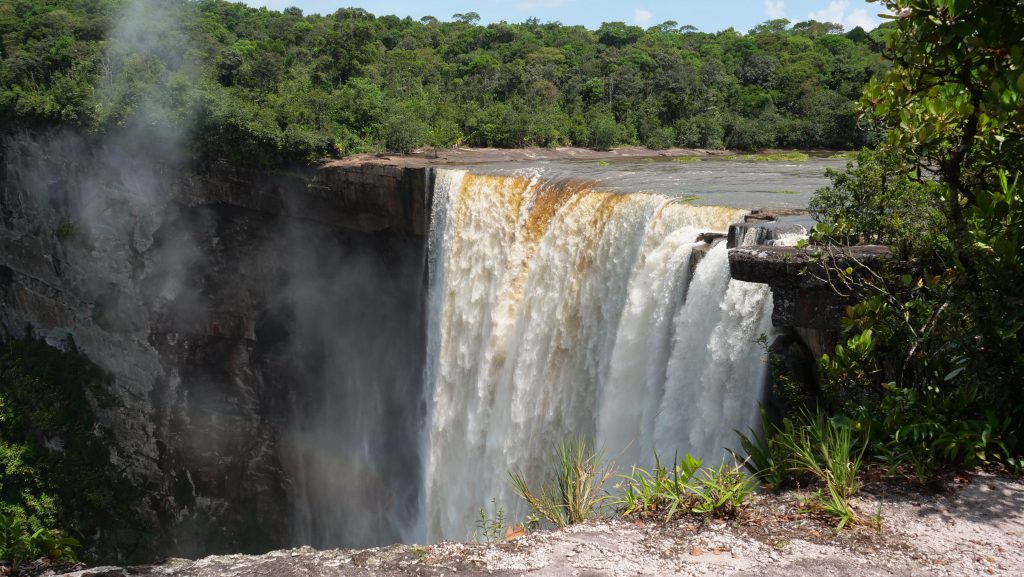
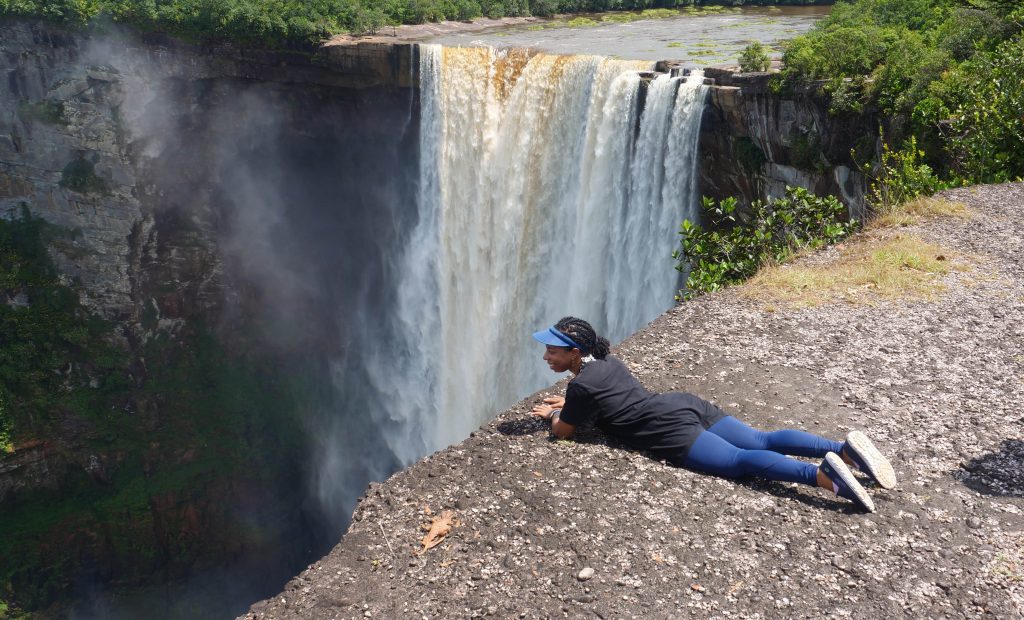
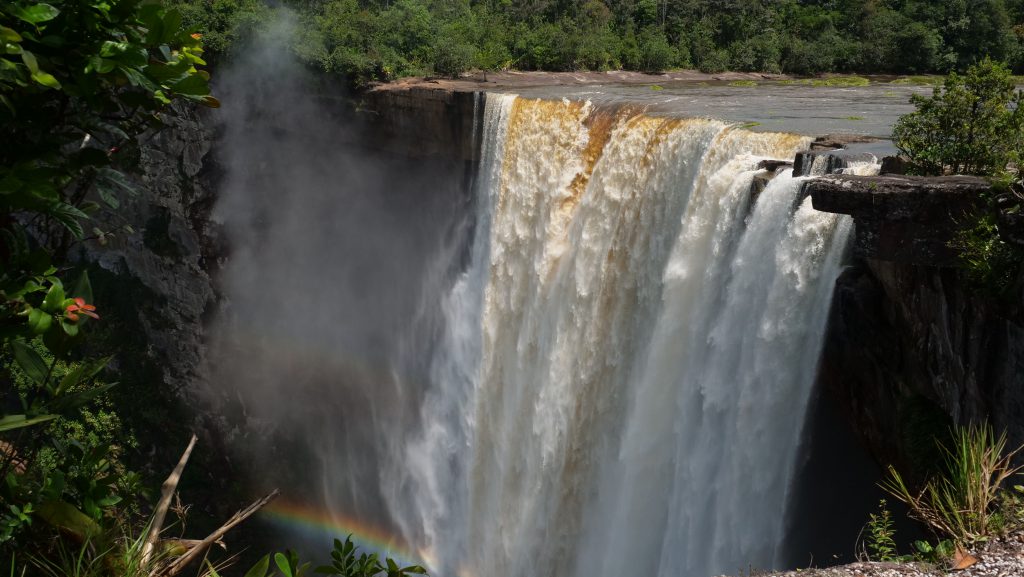
Jamal showed us to a spot where you can safely kneel to the ground and inch forward on your stomach to the edge. From there you can look over and see rainbows glistening in the water. It’s hard to describe how it feels to get so close to such a strong force. At times I felt like it was even trying to pull me in.
After absorbing as much of this view of Kaieteur as we could, we got back on the hiking trail which took us in a big circle back to the information centre. We had a lovely lunch and swiped through some of our videos and photos to try to relive it over again and again.
Soon we were back on our plane and heading to the nearby Orinduik Falls on the Ireng River at the edge of the Pakaraima Mountains. We briefly crossed over Guyana’s border with Brazil before landing at the rustic airstrip which is a short walk from the waterfall.
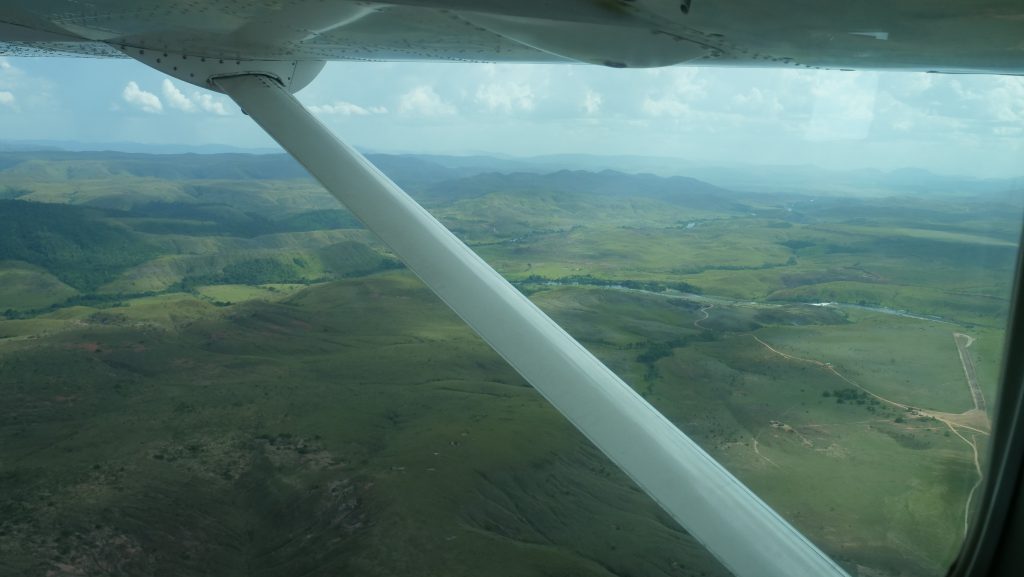
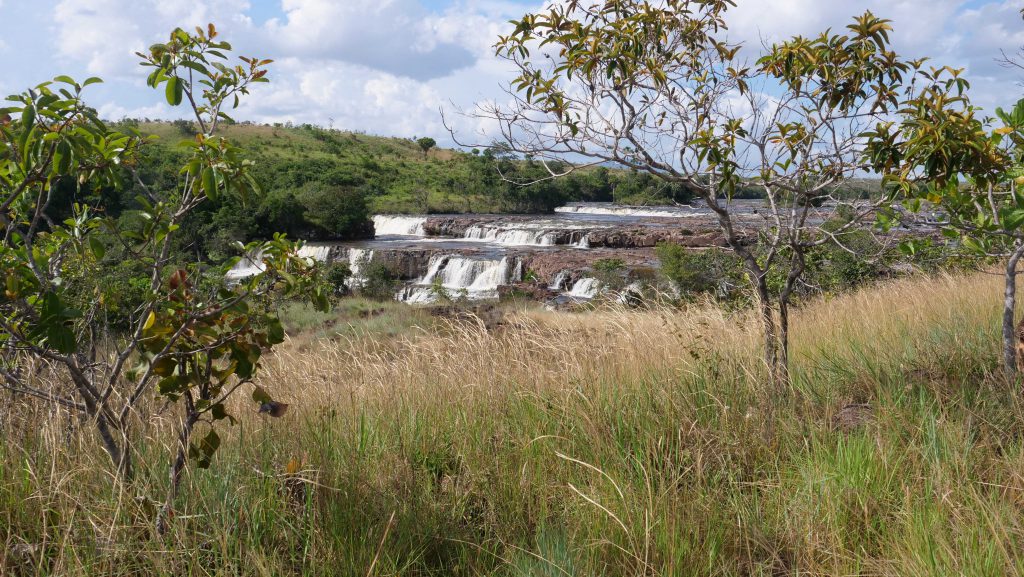
Orinduik features a series of cascading waterfalls over several different levels of steps and terraces made of red jasper.
We got stripped and safely followed Jamal into the parts of the falls which form natural ‘jacuzzi’ swimming areas. The water flowing directly over the rockface still has quite a bit of force, and we had to be careful where we stepped because it was very slippery, but it was another thrilling adventure.
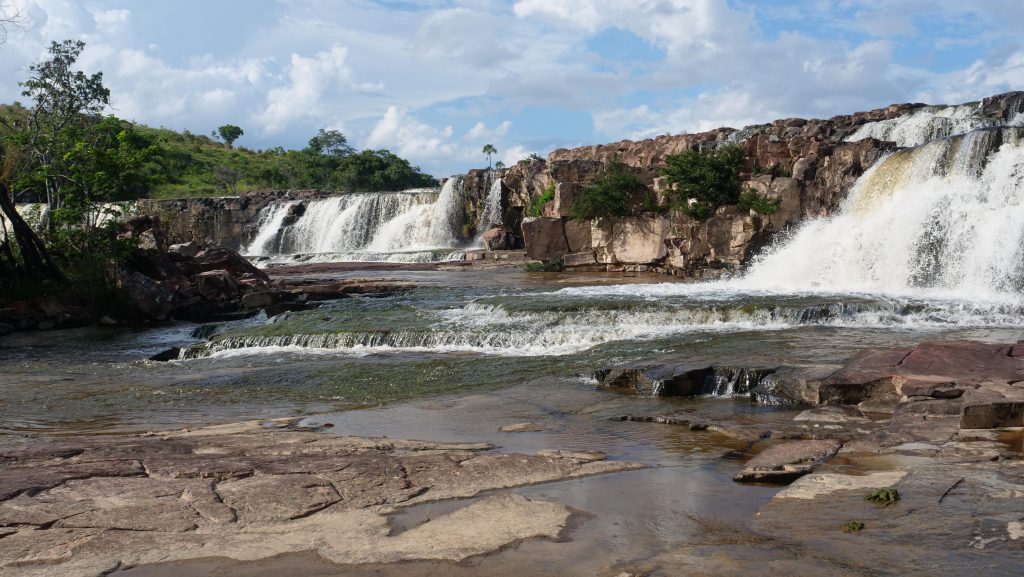
About an hour later we went back up to the airstrip where members of the Patamona tribe were waiting to sell us some homemade jewellery.
It was fascinating to consider how isolated these tribes are, and how they still live in remote communities, and pretty much follow the same way of life their ancestors have always done for centuries.
As we flew out, we saw their traditional village houses clustered around the Umana Yana (or meeting place), which had a distinctive high, thatched roof like the one we visited during our city tour of Georgetown.
After landing safely back at the airport, we made our way straight to the colonial Cara Lodge where we sampled various El Dorado rums from Demerara Distillers and had a three-course, rum-infused dinner.
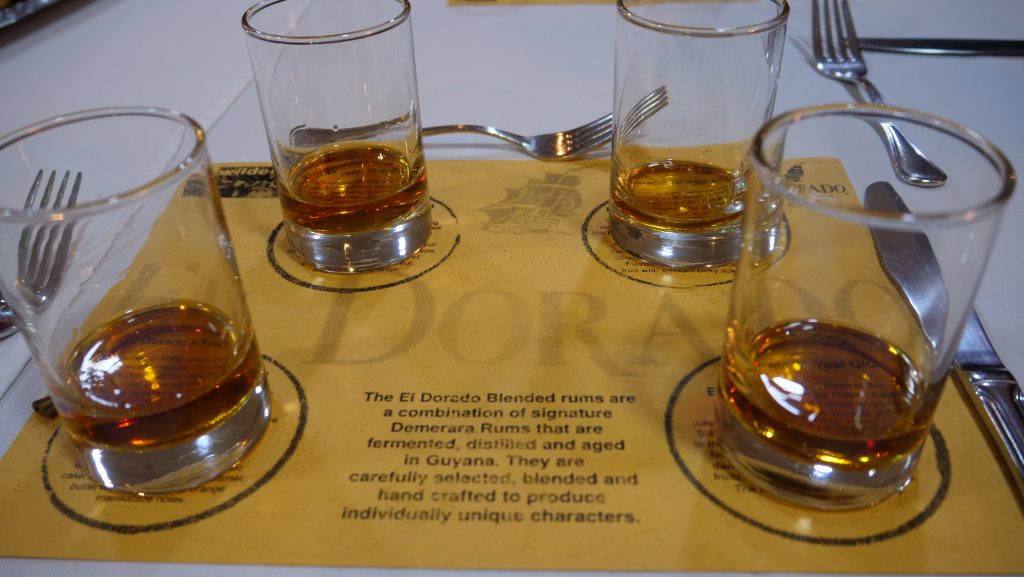
Of course, as I live in the birthplace of rum, it’s difficult to compare other spirits with the Barbadian made versions, but to be fair I was impressed with El Dorado’s award-winning beverages.
Our hosts talked us through how the rum is carefully hand crafted using original wooden heritage stills before being aged in oak barrels. We sipped single shots of the eight, 12, 15 and 21-year-old rums and then chose which one we wanted to take home as a souvenir in a miniature bottle. I chose the 12-year-old.
Sampling the rum provided the perfect nightcap, but after ticking off my bucket list wish to visit Kaieteur Falls, I knew that I was already going to sleep well.
—
– Karen’s FAMtour to Guyana was organised by Caribbean Airlines and the Guyana Tourism Authority. The tour operator was Wilderness Explorers.








